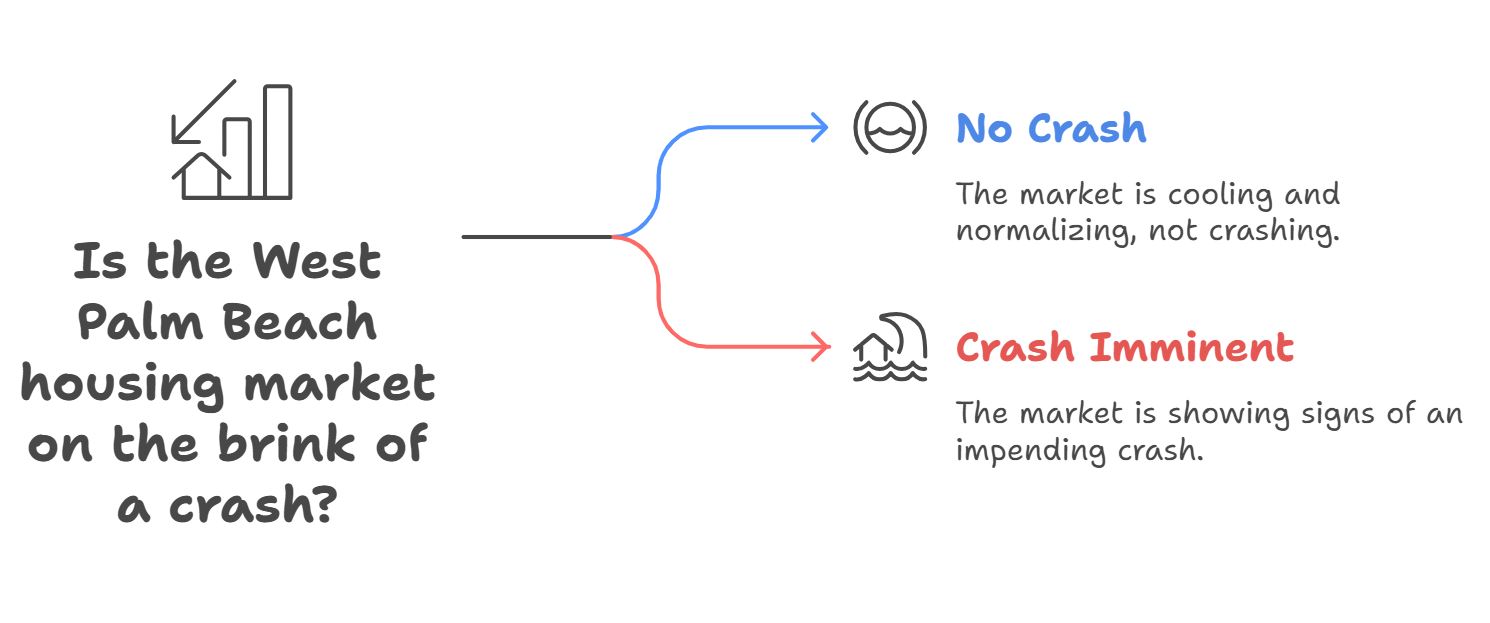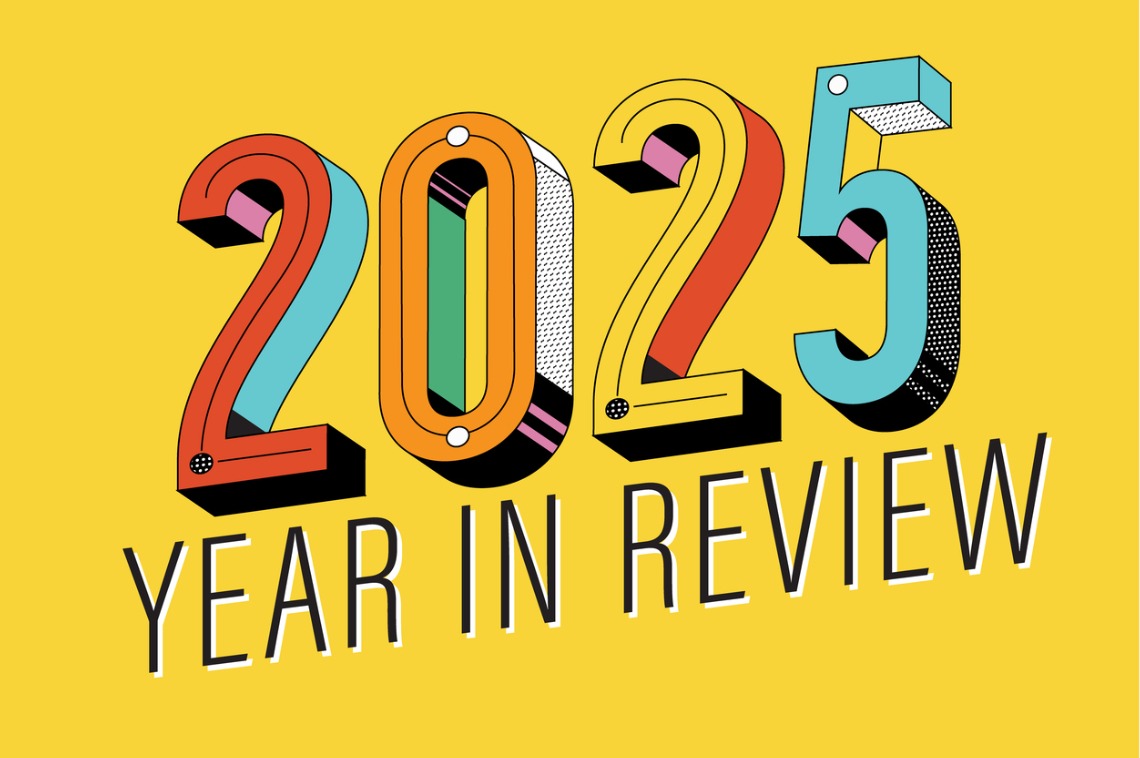T
he West Palm Beach, Florida housing market is a topic of concern for many, with some fearing it's headed for a serious downturn or even a crash. However, based on the latest insights, while there are signs of a cooling market, a full-blown crash isn't imminent. Instead, we're seeing a shift towards a more balanced market, presenting opportunities for both buyers and sellers.
Florida's housing market has been red-hot for years, driven by desirable weather, population growth, and favorable tax environments. However, real estate cycles are inevitable, and understanding current indicators is key to making sense of the market. The national picture shows a slowdown in home price growth, with yearly price growth dipping to 1.7% in June 2025, below the rate of inflation.
The monthly increases also show deceleration, with June seeing a weak seasonal increase of just 0.1%, marking the slowest June monthly rise since 2008. The national median home price stood at $403,000 in June 2025, still substantial but under inflation means buying a home is becoming slightly more accessible.
Florida as a whole has been experiencing varied conditions, with some areas like Cape Coral and Lakeland showing high risk of price decline. However, West Palm Beach is listed as a "market to watch" in a different context, implying it warrants attention for its market dynamics rather than immediate decline. The Cotality report notes that 20% of metropolitan areas recorded price reductions in June 2025, primarily concentrated in southern and southeastern markets.
A cooling market is characterized by slower price appreciation, increased inventory, and a more balanced negotiation environment between buyers and sellers. West Palm Beach has certain advantages that might make it weather the storm better than neighboring areas: strong in-migration, economic diversification, affordability factors, and rising costs like insurance premiums and property taxes.
Mortgage interest rates are also influencing the market, with elevated rates cooling demand by making borrowing more expensive. The national affordability meter shows that while overall price growth has slowed, the required income to afford a median-priced home is still a significant factor. Affordability is a delicate balance, and any further increases in interest rates or property taxes could put more pressure on buyers.
The inclusion of West Palm Beach on the list of "markets to watch" alongside areas like Cape Coral and Lakeland raises a flag, but it's essential to understand the nuances. The data points to a market where inventory might increase, negotiations become more common, and sellers may need to adjust their expectations.
Comparative data points show regional disparities, with West Palm Beach listed as "market to watch" due to its balancing demand and supply rather than fundamental weaknesses. Personal insights suggest that the current market conditions are a natural correction after an overheated period, with buyers becoming more discerning and sellers understanding market realities.
Dr. Selma Hepp's comments highlight slowing price growth and increased for-sale inventories improving affordability, creating new opportunities for potential homebuyers. However, she also cautions about rising insurance premiums and labor market stability, critical factors to monitor in a state like Florida.
In conclusion, the West Palm Beach housing market is not on the brink of a crash but undergoing a significant cooling and normalization process. We can expect slower appreciation, increased inventory, a more balanced negotiation environment, price adjustments, and sellers needing to be more realistic with their pricing.













